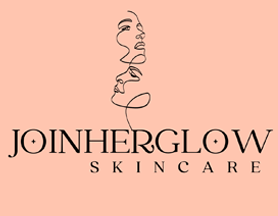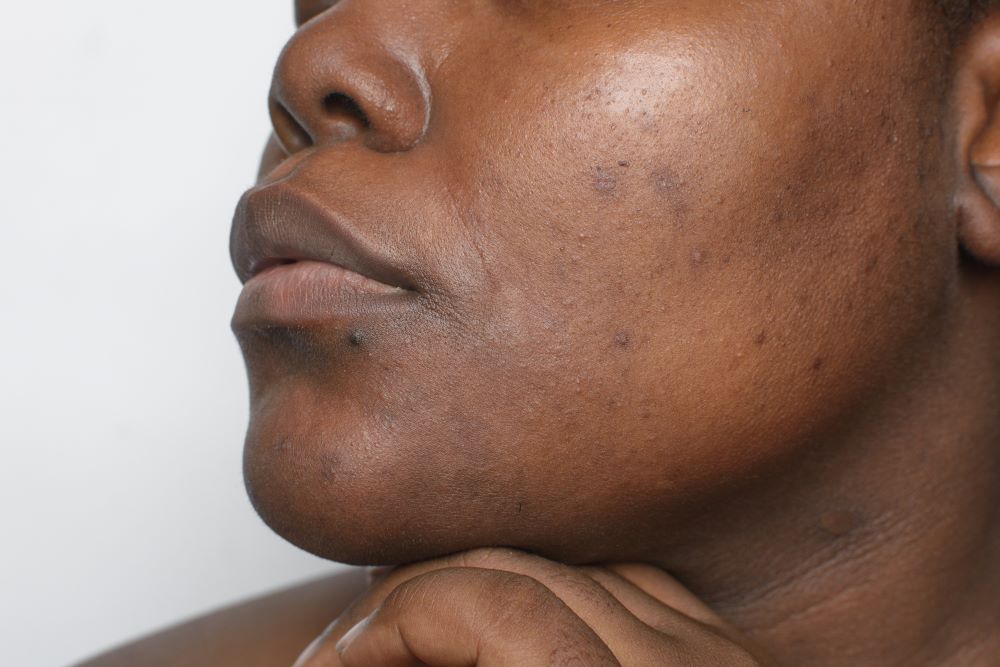Hyperpigmentation is a common skin condition that causes areas of the skin to become darker than the surrounding skin. It is caused by an increase in the production of melanin, the pigment that gives skin its color.
Types of Hyperpigmentation
Melasma: This is a common condition where larger patches of hyperpigmentation develop mainly on the face.
Although it can affect both men and women, its most common in women and is thought to be triggered by changes in hormone levels.
Post-inflammatory hyperpigmentation occurs when a skin injury or trauma heals and leaves a flat area. Age spots: (also known as sunspots) are small areas of discoloration (hyperpigmentation) that frequently appear on the face, hands and other parts of the body regularly exposed to the sun.
of discoloration behind. It’s commonly found on acne prone skin.
How to deal
- Effective treatment hyperpigmentation begins with sunscreen. Applied daily, sunscreen can prevent new dark spots and patches. It can also help to clear existing ones.
- Adding melanin inhibitors that prevent your already existing hyperpigmentation from getting darker. For example, Alpha arbutin, Licorice root extract, N-acetyl glucosamine, Mulberry extract.
- Adding hydrators to your routine, hydrated skin functions at an optimum level and heals faster.
For example, Snail mucin, Hyaluronic acid, Glycerine, Propanediol. - Regular Exfoliation helps to remove dead skin cells and reveal new, lighter skin. You can exfoliate your skin with a gentle chemical exfoliant, such as Lactic acid.
- Facials are a great way to improve the appearance of your skin, and they can also be helpful in treating hyperpigmentation. There are a number of different facials that can be effective for hyperpigmentation, including chemical peels, enzyme peels, and microneedling.



